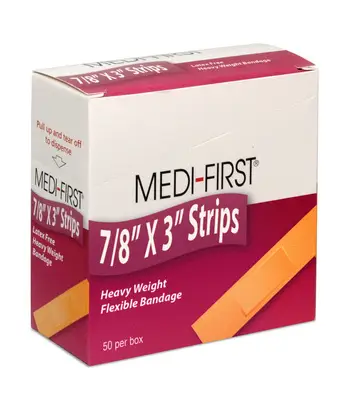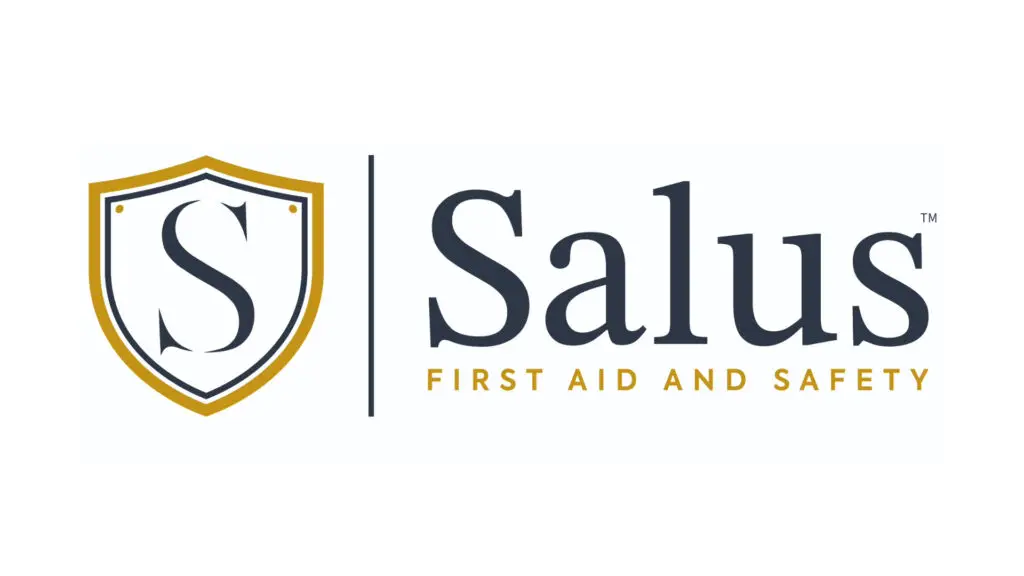Bandages

Bandages: A Business Essential
Bandages are crucial for safeguarding both your employees and customers from potential infections.
Bandage Overview
When selecting bandages for your workforce, comfort should be the top priority. The type, shape, and material of the bandage should align with the nature of the injury and the working environment. A comfortable bandage is more likely to be worn by employees, ensuring proper protection.
Types of Bandages
Choosing the right bandage based on your environment can prevent complications and minimize wound irritation:
- Waterproof: Stays in place even when submerged.
- Clear: Discreet and low-profile for when you want to keep injuries less visible.
- Metal Detectable: Ideal for food service, triggering sensitive metal detectors.
- Elastic: The most commonly used, offering flexibility.
- Heavy Fabric: Thick and durable, made from tough woven fabric.
Bandage Shapes
Injuries often occur in areas that stretch or flex, such as elbows, knees, knuckles, and joints. Opting for a bandage that conforms to these contours ensures greater comfort and longer wear.
- Strip
- Knuckle
- Patch
- Circle
- Fingertip
- Long-Strip
Bandage Materials
Today’s bandages are made from a variety of materials, each with unique features and benefits:
- Latex: Offers excellent comfort but may cause allergic reactions.
- Plastic: Provides more elasticity and comfort.
- Fabric: The most commonly used material.
- Foam: Thicker and buoyant, ideal for water exposure.
Get a Quote Today!
Salus First Aid and Safety delivers outstanding service and customized solutions, allowing you to implement a cost-effective program that helps keep your employees safe.
